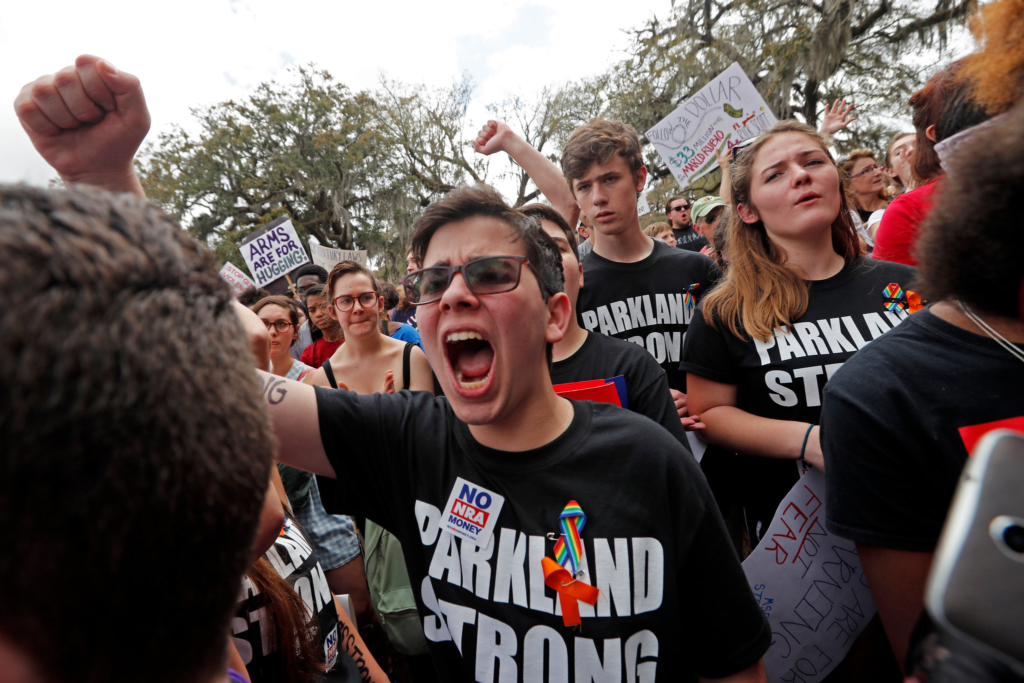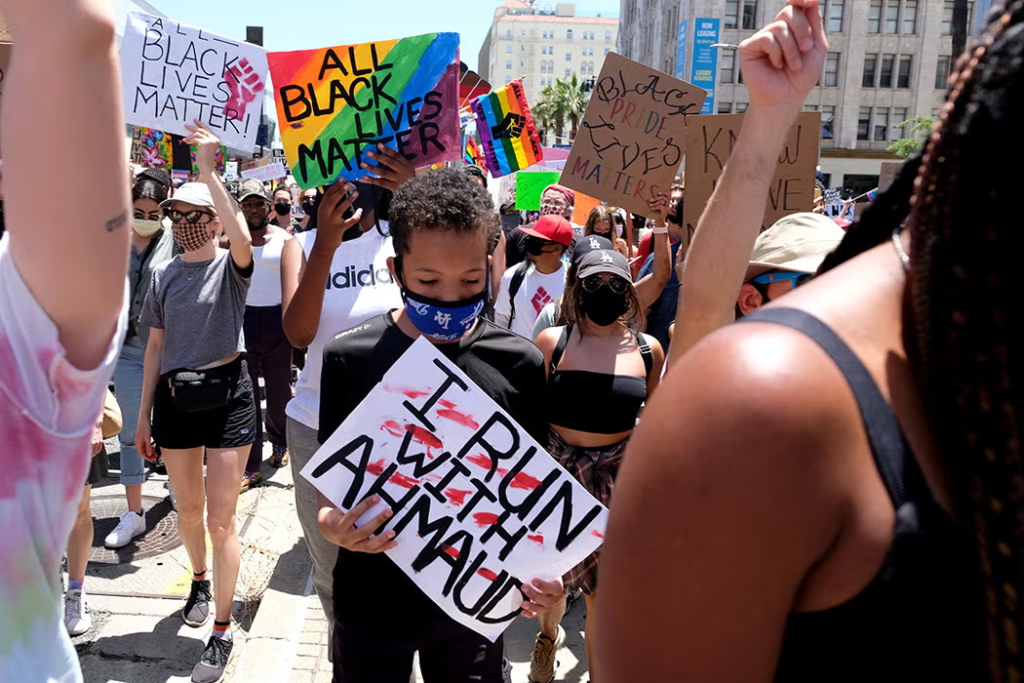Youth activism in conservative movements has always been a force with long-term influence, but the period following the death of Russell Kirk—often called the father of modern American conservatism—marks a new chapter. Kirk left behind a legacy of intellectual depth, stressing tradition, moral order, and cultural continuity. His death did not weaken the conservative cause but instead created space for younger voices to reshape strategies and activism.
Today, youth activism in conservative movements is not only keeping Kirk’s ideals alive but also reshaping them to match modern challenges. From college campuses to digital platforms, young conservatives are redefining how their movement communicates, organizes, and sets priorities. Their efforts highlight both opportunities and tensions within the conservative tradition.
Russell Kirk’s Legacy and Its Influence
Russell Kirk’s writings, particularly The Conservative Mind, created an intellectual foundation for conservatism in the United States. His ideas emphasized tradition, the importance of civil society, and a skepticism toward rapid social change. After his death, conservative organizations faced the challenge of keeping these ideas relevant in a rapidly changing world.
For youth activists, Kirk’s legacy serves as both inspiration and a benchmark. Many young conservatives cite his work when discussing moral principles and cultural values. Yet, they also see the need to modernize tactics to compete with progressive youth movements that dominate social media and campus discourse.

Why Youth Activism Matters to Conservatism
Youth activism in conservative movements matters for several reasons:
- Generational Renewal: Every political movement needs young leaders to sustain its future. Without youth involvement, conservatism risks being seen as outdated.
- Energy and Mobilization: Young activists bring energy that fuels rallies, campaigns, and grassroots organizing.
- Digital Advantage: Social media has become a battleground of ideas. Young conservatives are often the most skilled at using these tools to spread messages quickly.
- Counterbalance to Progressive Youth Movements: Since progressive causes attract large numbers of young people, conservative youth activism provides balance in the public debate.
The Campus as a Conservative Battleground
Universities and colleges have long been central arenas for political activism. For conservative youth, these spaces are both a challenge and an opportunity.
- Challenge: Many students report feeling marginalized in classrooms or campus debates when expressing conservative views.
- Opportunity: These same conditions have motivated conservative youth to organize more tightly, often forming student clubs, speaker series, and policy forums.
Organizations such as Young Americans for Freedom and Turning Point USA have played key roles in bringing young conservatives together, offering both ideological guidance and practical training for activism.
The Digital Revolution in Conservative Youth Activism
Perhaps the most striking shift since Kirk’s death is the embrace of digital activism. While traditional conservative thinkers emphasized books and journals, young conservatives have mastered memes, videos, podcasts, and online debates.
Social media platforms allow them to:
- Challenge progressive narratives instantly.
- Amplify conservative voices often ignored by mainstream outlets.
- Connect with peers across the country, forming national networks of activism.
At the same time, this digital turn raises questions. Does the focus on viral content oversimplify the deep intellectual roots of conservatism? Some critics argue that digital activism risks replacing substance with spectacle.
Internal Divides Within Conservative Youth Activism
Youth activism in conservative movements is not monolithic. After Kirk’s death, debates about strategy have become sharper.
- Traditionalists vs. Populists: Some young conservatives stress the importance of maintaining Kirk’s intellectual tradition, while others embrace populist rhetoric to connect with broader audiences.
- Policy Priorities: While older conservatives may focus on fiscal issues, younger activists often care more about cultural debates, free speech, and online censorship.
- Style of Activism: There is a divide between those who prefer debate and scholarship versus those who prefer rallies, confrontational tactics, and social media campaigns.
These divides can sometimes fragment the movement but also reflect its dynamism.
The Role of Youth in Conservative Policy Debates
Young activists are not only organizing on campuses and online; they are also influencing policy debates. For example:
- Free Speech: Youth groups have led the charge against what they call “cancel culture” on campuses, shaping national conversations.
- Second Amendment Rights: Young conservatives are active in defending gun rights, often framing it as a generational issue of personal freedom.
- Climate and Energy: While progressive youth demand radical environmental reforms, conservative youth activists often push for innovation-driven, market-based solutions instead.
These policy positions illustrate how young conservatives balance traditional values with contemporary concerns.
Partnerships Between Youth and Established Leaders
One of the strengths of conservative youth activism is its partnership with established organizations and leaders. Many seasoned conservatives recognize that younger activists bring new energy and perspectives. In return, youth activists gain access to funding, mentorship, and platforms to amplify their voices.
Think tanks, political campaigns, and advocacy groups increasingly rely on young conservatives for outreach, especially in digital spaces. This collaboration ensures continuity while also opening doors for innovation.
The Risks of Over-Politicization
While youth activism has strengthened conservative movements, there are also risks. Over-politicization can sometimes alienate moderates or create an echo chamber where only the most extreme voices are heard.
Additionally, the speed of online activism can lead to quick reactions rather than thoughtful deliberation. Critics warn that this could undermine the philosophical depth that Kirk and earlier conservatives valued so highly.
Balancing energy with intellectual seriousness remains one of the central challenges for conservative youth today.

Global Influence of Conservative Youth Activism
Youth activism in conservative movements is not limited to the United States. Conservative youth groups in Europe and other regions often cite American organizations as models. The ability of young conservatives to use digital platforms has made their messages globally visible, helping to build a cross-border exchange of ideas.
This international reach reflects both the appeal and the challenges of conservative youth activism in a rapidly connected world.
Looking Forward: The Future of Conservative Youth Activism
As conservatism continues to evolve, youth activism will likely play an even larger role. Key trends to watch include:
- Integration of Technology and Tradition: Finding ways to use digital tools while staying true to conservative intellectual roots.
- Leadership Development: Preparing the next generation of conservative policymakers and thinkers.
- Cultural Engagement: Continuing to engage with issues of free speech, identity, and values in ways that resonate with younger generations.
- Balancing Unity and Diversity: Managing internal divides while presenting a coherent vision to the public.
The movement’s success will depend on its ability to balance Kirk’s intellectual legacy with modern strategies for activism.
Conclusion
Youth activism in conservative movements has grown in importance since the death of Russell Kirk. While his intellectual contributions remain a guiding force, young conservatives have transformed activism to fit the realities of the digital age and the cultural battles of today.
Their work energizes the movement, creates new platforms for debate, and ensures that conservatism continues to have a future in American politics. Yet, their challenge is to maintain depth, integrity, and unity while embracing innovation.
In the end, the role of youth activism is not only to inherit a tradition but also to adapt and strengthen it for generations to come.
Do Follow USA Glory On Instagram
Read Next – $100,000 H-1B Fee: Trump’s New Visa Policy Sparks Debate






